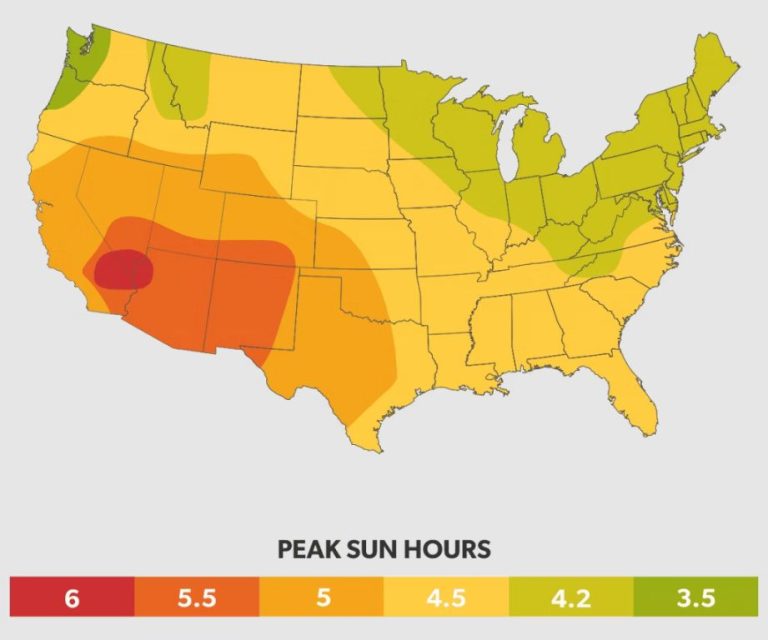Are Humans Solar Powered?

The sun – it rises in the east every morning and sets in the west every evening. This giant ball of glowing gas has been a source of fascination, worship, and life itself throughout human history. But what role does the sun truly play in our modern day health and wellbeing?
In this article, we’ll explore the ways sunlight affects the human body. Does it provide power like solar panels, or are we merely warmed by its rays? We’ll look at how sun exposure produces vitamin D and circadian rhythms, keeping our bones strong and sleep regular. But too much sun has risks as well, so we’ll discuss finding the right balance through diet, supplements, and safe sun exposure for optimal mental and physical health.
Sun Exposure and Vitamin D
Humans acquire vitamin D primarily through sun exposure. When UVB rays from the sun hit the skin, they trigger vitamin D synthesis.1 The body is naturally designed to obtain vitamin D this way; in fact, sun exposure is the most natural and direct way to meet vitamin D needs.2
Vitamin D is essential for bone health, as it helps the body absorb calcium. It’s also important for immune function, mood regulation, blood pressure, and much more.1 Without adequate sun exposure, vitamin D deficiency can occur, leading to a higher risk of conditions like osteoporosis, cancer, heart disease, depression, and frequent illness.2 Therefore, responsible sun exposure is the most natural way for humans to obtain the vitamin D they need.
Sun Exposure and Circadian Rhythms
Humans have internal circadian rhythms, or natural biological clocks, that regulate activities like our sleep-wake cycle, hormone production, and metabolism. The sun plays a key role in regulating these circadian rhythms. Exposure to sunlight in the morning signals the body to reset its biological clock for the day and suppresses melatonin production, an important sleep hormone, making us feel more alert. The circadian system syncs up to sunlight over 24-hour periods to help coordinate physiological processes.
Disruptions to our circadian rhythms from lack of sunlight exposure have been linked to various health issues. Studies show that night shift workers, who get less sunlight exposure, have an increased risk of obesity, diabetes, heart disease, and cancer. This is because their circadian rhythms are not properly aligned to the day-night cycle and sunlight exposure patterns. Proper sunlight exposure helps set and maintain our body’s internal clock for optimal health.
Risks of Too Much Sun Exposure
Getting too much exposure to ultraviolet (UV) rays from the sun can have serious health effects. Some major risks of excessive sun exposure include:
Skin cancer – UV radiation from the sun is a major risk factor for all types of skin cancer, including melanoma, basal cell carcinoma, and squamous cell carcinoma. Melanoma in particular can be fatal if not caught and treated early (Sansone, 2010).
Sunburn – Sunburns damage the skin and can increase skin cancer risk. They are caused by UVB radiation and usually appear within hours after sun exposure (SBM, 2022).
Premature aging – Chronic sun exposure leads to wrinkles, age spots, and other signs of accelerated skin aging. UV rays degrade collagen and elastin fibers in the skin.
Finding a Balance
While sun exposure is critical for vitamin D production and circadian rhythm alignment, it’s important to find a healthy balance. Getting too much sun exposure can increase your risk of skin cancer and other problems. According to research, the generally recommended sun exposure guidelines are often not enough to optimize vitamin D levels, especially for those with deficiencies.
However, more is not necessarily better when it comes to sun exposure. Going overboard trying to maximize vitamin D can still damage your skin over time. The key is moderation.
When you do go out in the sun, be sure to use sunscreen, wear protective clothing like hats, and seek shade during peak intensity hours. One study found that about 15-30 minutes of midday summer sun exposure for light-skinned people, and a little longer for those with darker skin, is enough to maintain healthy vitamin D levels. Monitor the UV index in your area and avoid prolonged exposure on high index days.
Finding a healthy balance means getting some beneficial sun exposure while also being smart about sun protection. Be mindful of your time in the sun, use coverings and sunscreen, and supplement wisely if needed. With some practical precautions, you can enjoy the sun while optimizing vitamin D.
Food Sources of Vitamin D
While sun exposure is the main natural source of vitamin D, you can also get it from certain foods. Some of the best dietary sources include:
- Salmon – A 3-ounce serving of salmon provides between 115-175 IU of vitamin D (Food Sources of Vitamin D)
- Canned tuna – A 3-ounce serving of light tuna packs about 168 IU of vitamin D (7 Nutritious Foods High in Vitamin D)
- Herring – 3 ounces contains about 172 IU of vitamin D
- Sardines – Canned sardines provide 177 IU per 3-ounce serving
Other food sources include egg yolks, fortified dairy products like milk and yogurt, beef liver, mushrooms, and fortified cereals. Consuming vitamin D-rich foods can help meet your daily needs without relying solely on sun exposure.
Supplements
For those who are unable to get sufficient vitamin D from sun exposure and diet, taking a vitamin D supplement can be an effective option. Research shows that vitamin D deficiency is common worldwide, with an estimated 1 billion people deficient globally [1]. Supplementation is therefore often recommended, especially for high-risk groups like infants, pregnant women, and the elderly [2]. The World Health Organization recommends that all infants and children receive 400-1000 IU per day of vitamin D supplementation, regardless of feeding method [3]. For adults, the recommended daily intake via supplements is 400-800 IU. Vitamin D supplements are widely available and have been shown to be a safe, effective way to prevent and treat deficiency.
Sun Exposure for Mental Health
Sun exposure promotes the production of serotonin, dopamine, and vitamin D in the body, which can help improve mood and reduce symptoms of depression. Research shows that sunlight exposure, especially in the morning hours, is effective for improving mood in people with seasonal affective disorder. A study on seasonal affective disorder found that 1-2 hours per day of natural sunlight exposure was just as effective as light therapy for improving symptoms of depression during winter months (link). Getting outside in the sunlight can help boost mood through stimulation of serotonin and dopamine release.
However, it’s important that sunlight exposure for mental health benefits be done safely and in moderation to avoid potential risks. Exposing your eyes and skin directly to sunlight for too long can cause damage. If you have depression or seasonal affective disorder, speak to your doctor about safe and appropriate ways to incorporate sunlight exposure into your treatment plan.
Other Sources of Vitamin D
In addition to sun exposure, there are some other ways to obtain vitamin D:
UV lamps: Artificial UV lamps that emit UVB radiation similar to sunlight can be used to stimulate vitamin D production in the skin. According to one study cited on Arun Kayala’s LinkedIn, using a UV lamp 2-3 times per week for just a few minutes can help maintain healthy vitamin D levels. However, UV lamps also come with risks like skin damage, so they should be used carefully.
Fortified foods: Many common foods like milk, cereals, orange juice, yogurt, etc. are fortified with vitamin D. Checking the nutrition label and opting for vitamin D-fortified versions of foods can help boost intake. According to Carespot, fortified milk can provide up to 120 IU vitamin D per cup.
Conclusion
In summary, the sun provides both benefits and risks for human health. While moderate sun exposure is important for vitamin D production and circadian rhythm regulation, too much exposure can lead to skin cancer and other issues. The key is finding a healthy balance. According to the [CDC recommendations](https://www.cdc.gov/niosh/topics/sunexposure/recommendations.html), most people meet vitamin D needs through 10-30 minutes of sun exposure a few times per week. Beyond that, sunscreen, clothing, shade and avoiding peak hours help reduce harm from UV rays. In conclusion, the sun is crucial for life, but requires careful management for optimal human health.







